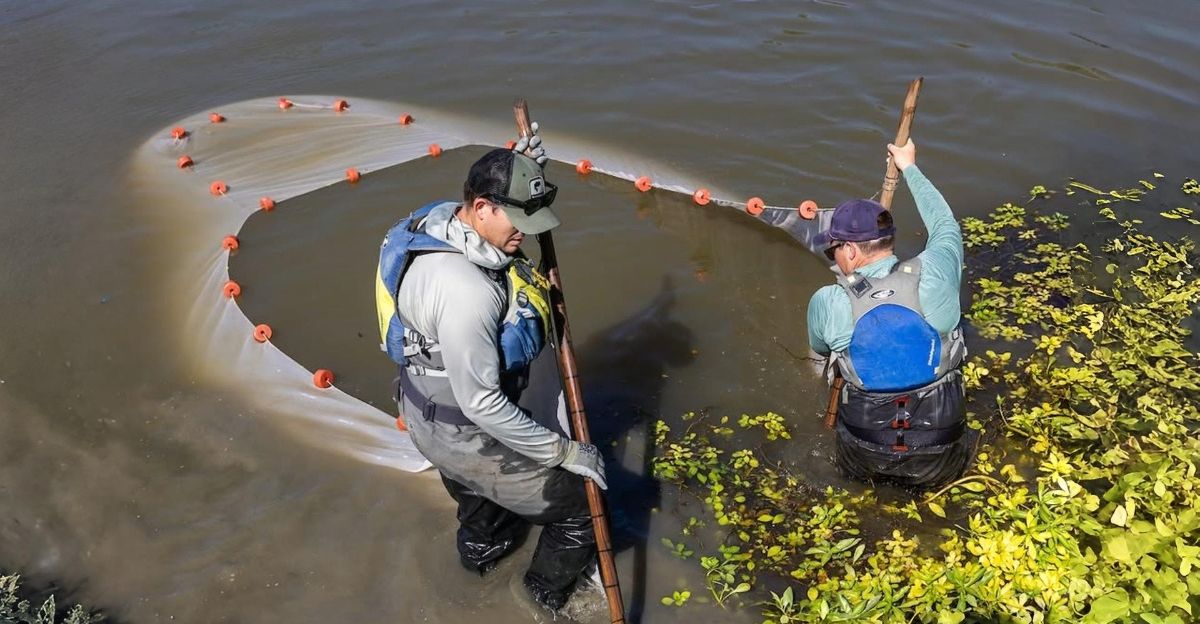
California’s Eastern Sierra Nevada is home to Mono Lake, renowned for its striking beauty and unique ecosystem. Its hypersaline and alkaline waters support unique life forms, including brine shrimp and alkali flies, which thrive in conditions that would be uninhabitable to most organisms. Recently, scientists from the University of California, Berkeley, have discovered a microscopic creature living in this extreme environment that could offer clues to the origins of complex life.
This creature, a single-celled choanoflagellate species, offers unprecedented insights into the evolutionary transition from single-celled organisms to multicellular life. The species’ unique microbiome and symbiotic relationship with bacteria provide clues into how early life forms adapted to extreme environments and formed partnerships that contributed to the development of animal life. This groundbreaking research not only enriches our understanding of evolution but also underscores the ecological significance of Mono Lake’s extraordinary ecosystem.
Mono Lake: A Unique Ecosystem
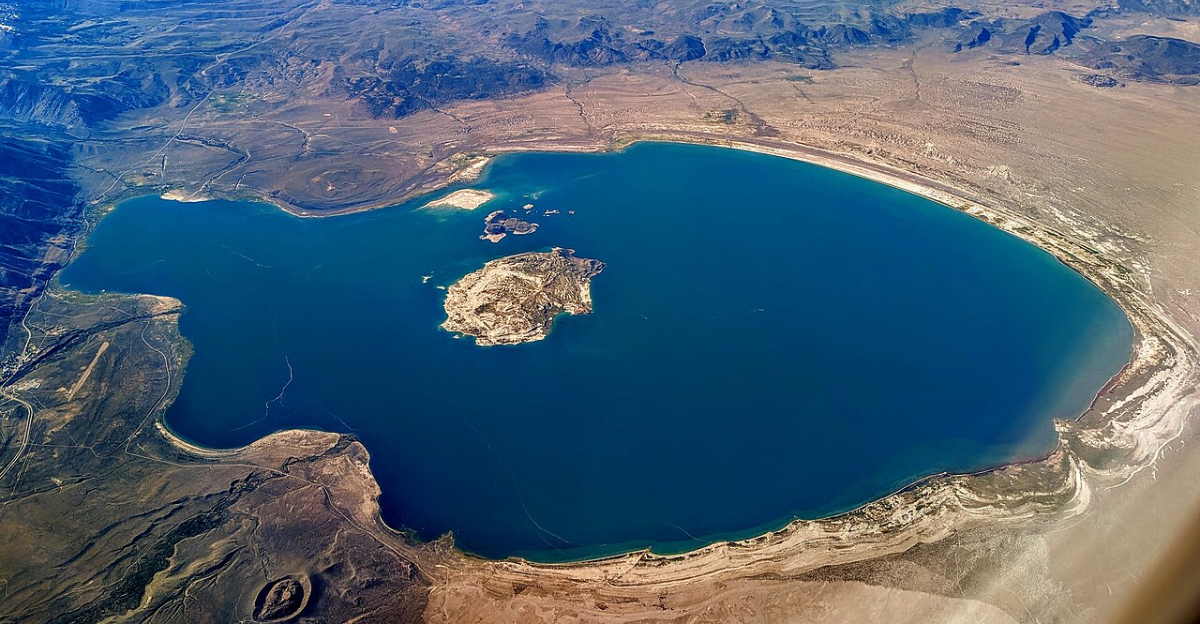
Mono Lake is a geological marvel characterized by its hypersaline, alkaline waters and iconic tufa formations. These extreme conditions have cultivated a thriving ecosystem of specially adapted organisms like brine shrimp and alkali flies. The lake’s ability to sustain life in one of the most extreme environments in the world makes it an ideal site for the study of evolutionary biology and adaptation.
Discovery of a Microscopic Organism
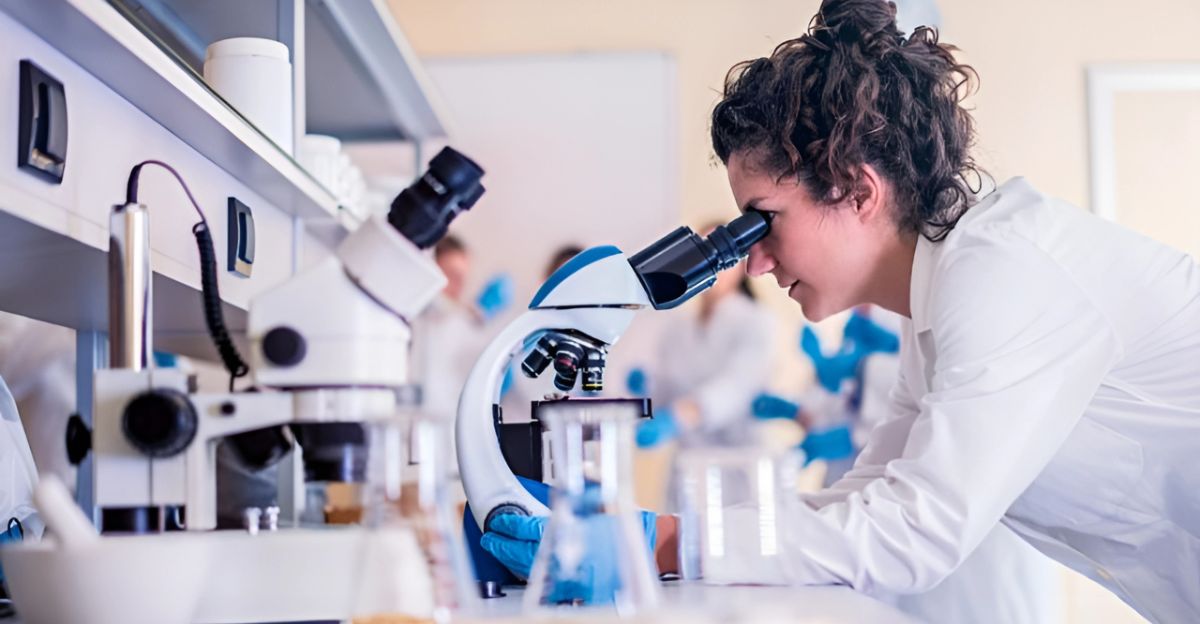
UC Berkeley researchers discovered an extraordinary single-celled organism in Mono Lake’s waters: a choanoflagellate, which the scientists named Barroeca monosierra. Choanoflagellates are of great interest for evolutionary studies as they are the closest living relatives of animals and provide insight into the transition from single-celled to multicellular life.
What Makes Barroeca monosierra Unique?
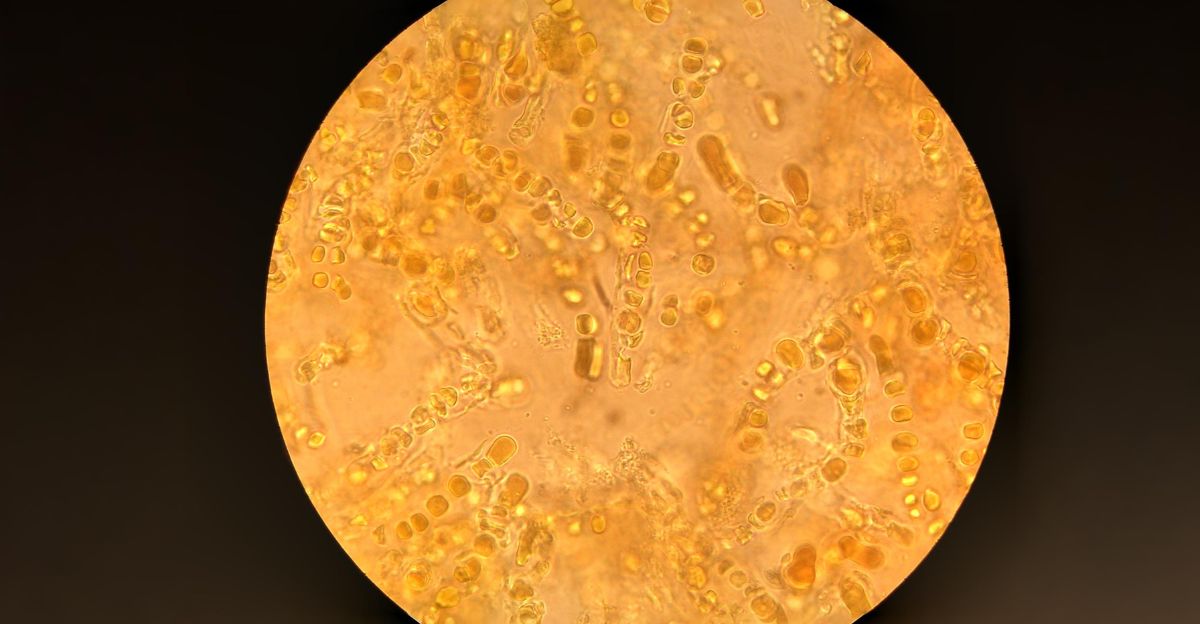
In contrast to other choanoflagellates that feed on bacteria, Barroeca monosierra forms a stable physical association with its bacterial partners. This has made it the simplest known organism to host a microbiome, offering scientists a new opportunity to study early interactions between single-celled organisms and bacteria.
Insights Into Early Evolution
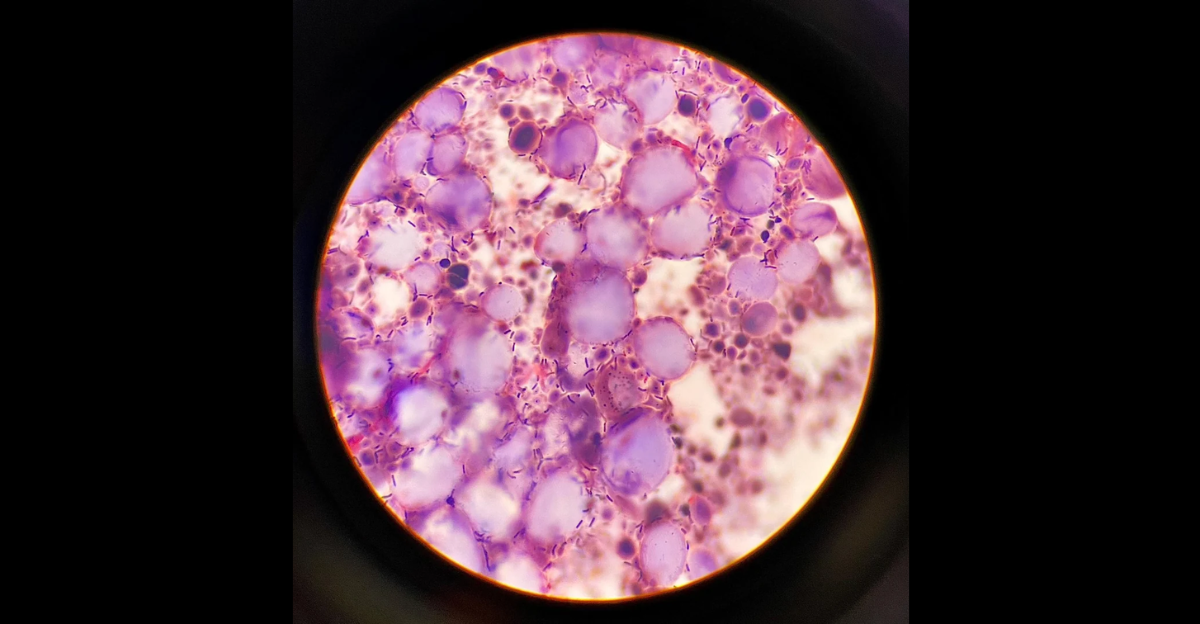
The symbiotic relationship between Barroeca monosierra and its bacterial partners offers insights into how early life forms may have developed complex microbiomes. These relationships probably played a pivotal role in the evolution of multicellular organisms, including animals.
Extreme Conditions Drive Adaptation

The extreme environment of Mono Lake—marked by high salinity and deadly substances like arsenic and cyanide—might have propelled the evolution of Barroeca monosierra. This choanoflagellate’s ability to thrive in harsh environments underscores the resilience and adaptability of early life forms.
A Decade-Long Journey of Discovery
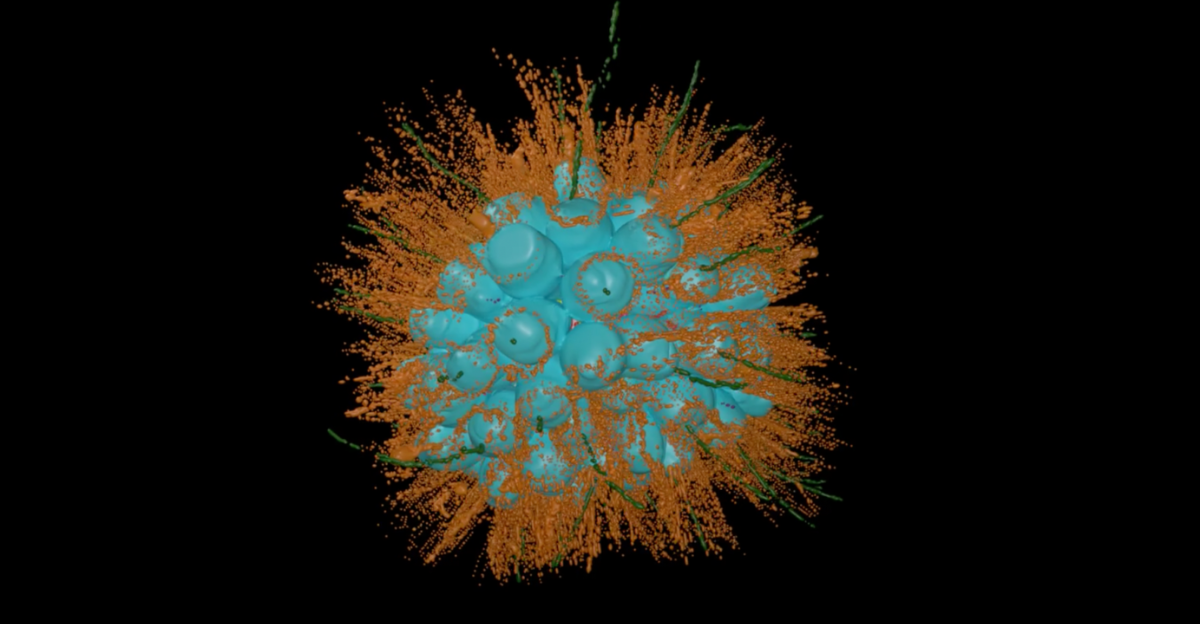
The choanoflagellate was first discovered almost a decade ago when Daniel Richter, then a graduate student at UC Berkeley collected water samples during a climbing trip. When he looked at it under the microscope, he observed large colonies of nearly 100 identical cells that had formed hollow spheres, a structure reminiscent of animal embryos known as blastulas.
Symbiosis Within Colonies
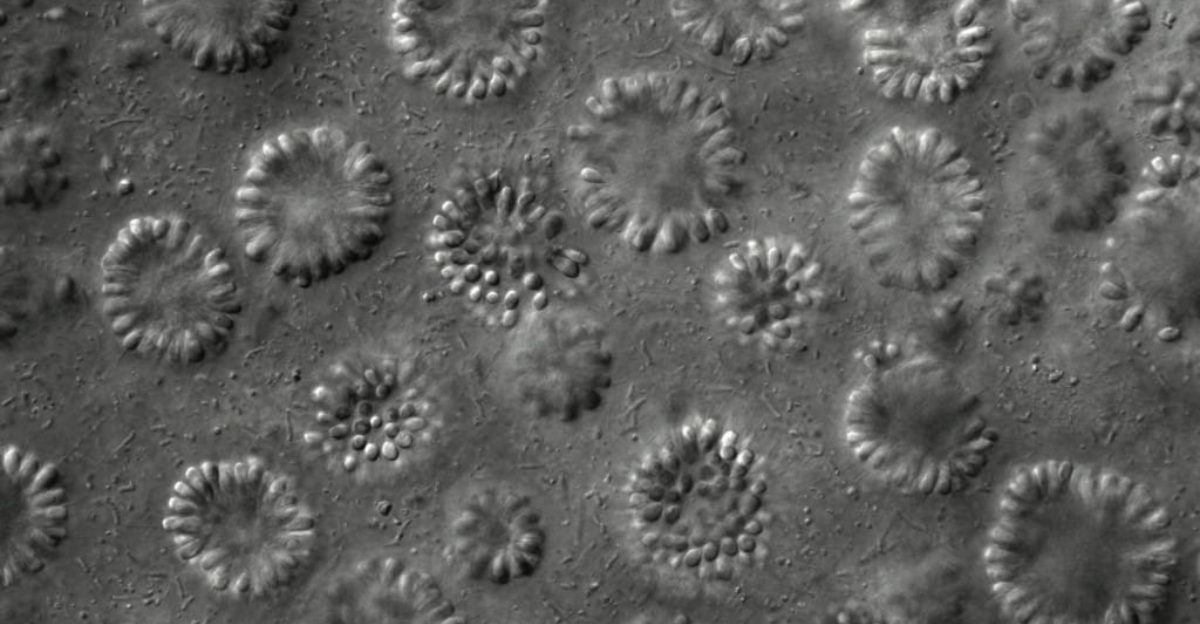
Graduate student Kayley Hake then revived frozen samples of Barroeca monosierra and made an exciting discovery: bacterial DNA was present inside the hollow spheres formed by the colonies. This was the first documented case of bacteria living within choanoflagellate colonies instead of being consumed by them.
Collaborative Research Efforts
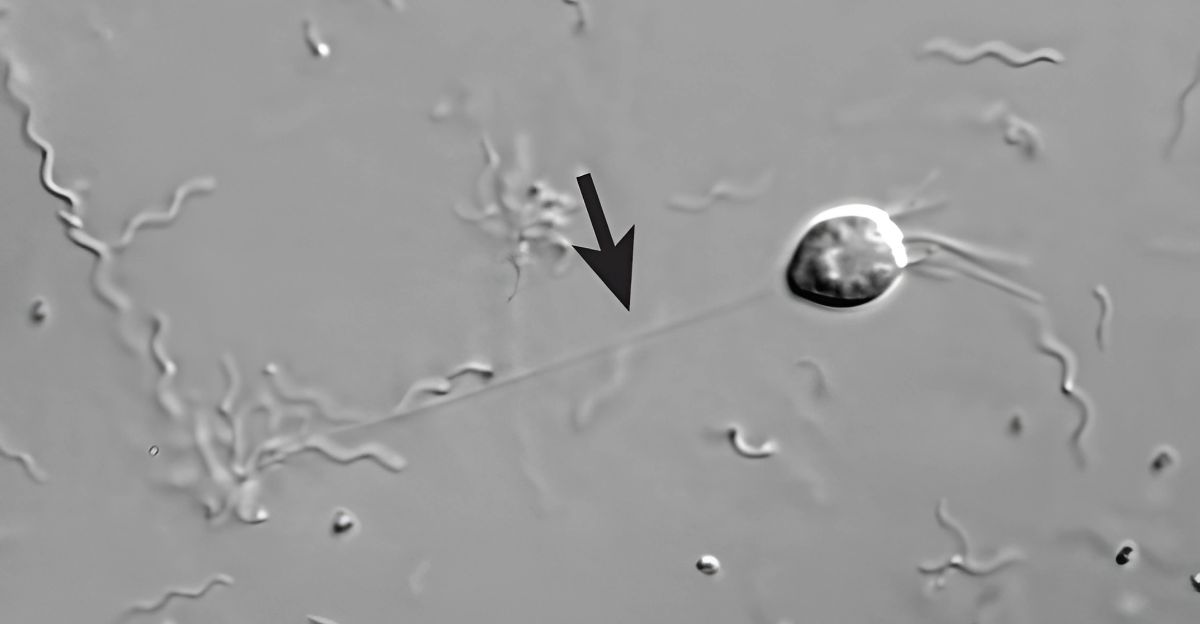
Jill Banfield, a pioneer in metagenomics at UC Berkeley, collaborated with King’s team to determine which bacterial species are present in Mono Lake water and within choanoflagellates colonies. The distinct bacterial populations inside the colonies indicate that some species thrive better within their oxygen-deprived interiors.
Future Research Directions
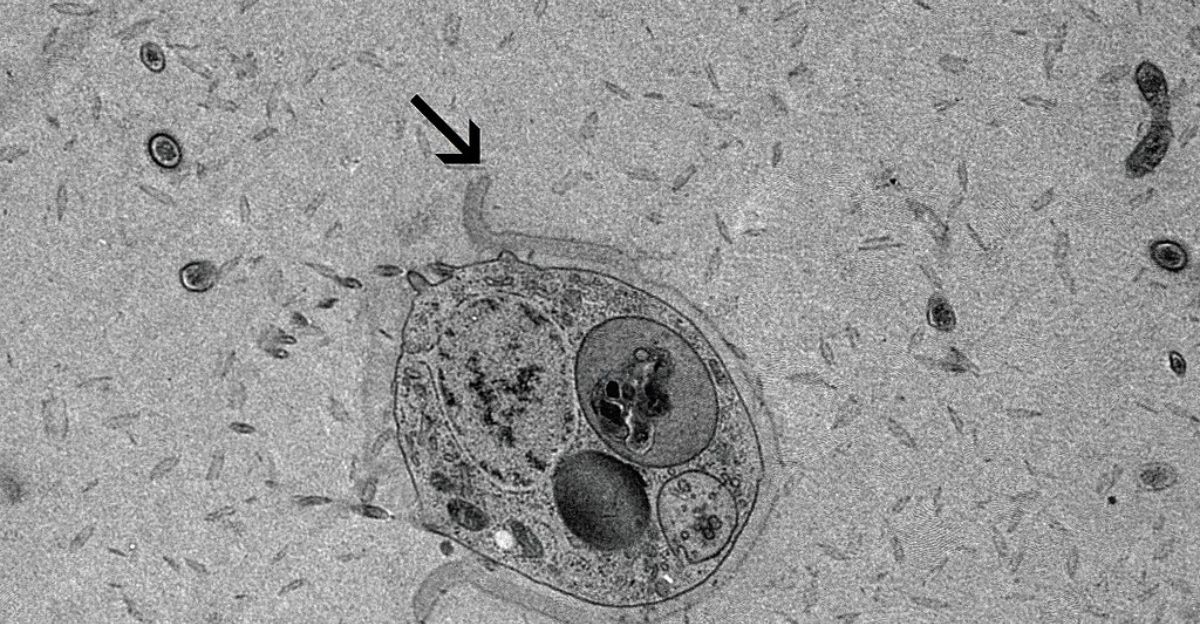
It’s not yet clear whether Barroeca monosierra farms bacteria for consumption or provides them refuge from Mono Lake’s extreme conditions, but future studies promise to reveal more about these interactions. Previous studies already demonstrated that bacteria can influence choanoflagellate behavior, such as mating and colony formation.
Implications for Evolutionary Biology

The findings from Mono Lake highlight the role of microbial interactions during early evolution. The researchers believe studying Barroeca monosierra will provide answers to fundamental questions about how eukaryotes and bacteria co-evolved. These insights might clarify how human microbiomes originated and the complex animal-bacteria relationships are seen today.
Explore more of our trending stories and hit Follow to keep them coming to your feed!

Don’t miss out on more stories like this! Hit the Follow button at the top of this article to stay updated with the latest news. Share your thoughts in the comments—we’d love to hear from you!







